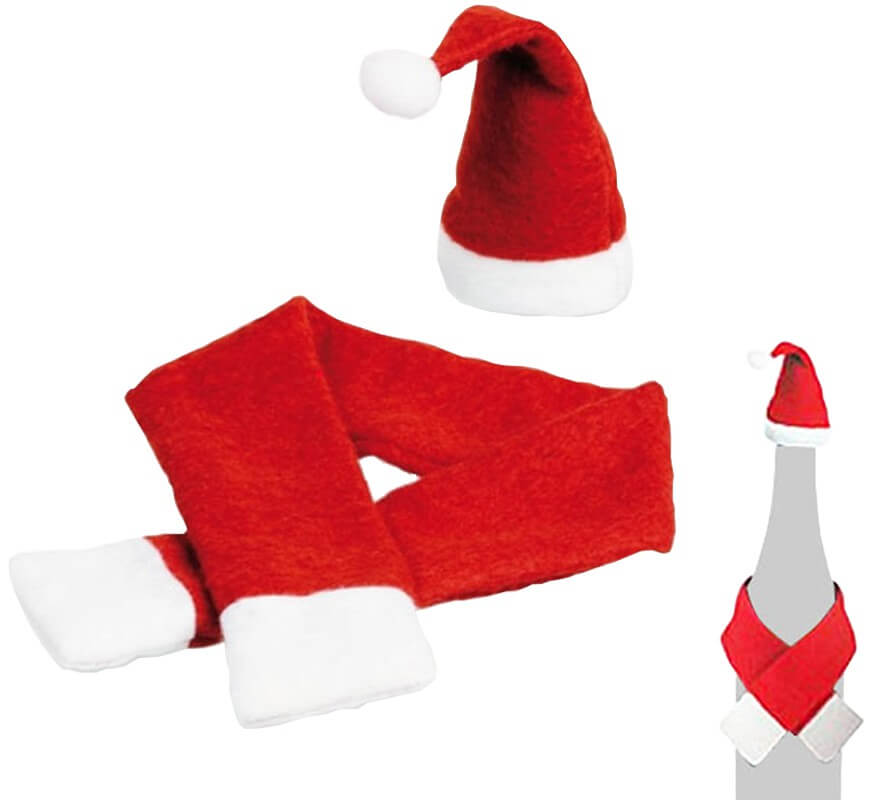
Vue Latérale Du Père Noël En Chapeau Et écharpe Blanche Levant Image stock - Image du neuf, traditionnel: 161791059

TRHEDL Écharpe rétro bohème pour femme - Écharpe triangulaire - Écharpe d'hiver chaude - Écharpe de Noël imprimée - Imprimé Père Noël - Châles doux - Gris foncé : Amazon.com.be: Fashion

Photo D'intérieur D'une Jeune Femme Adulte Triste Et Malsaine Portant Un Chapeau De Père Noël, Enveloppée Dans Une écharpe Chaude, Assise Près D'un Arbre De Noël Et Montrant Un Thermomètre, Souffrant D'une

Bonhomme De Neige Avec écharpe Et Chapeau De Père Noël Banque D'Images Et Photos Libres De Droits. Image 15560609.

écharpe à Pois Rouge PNG , Clipart Foulard, Père Noël, Rouge PNG et vecteur pour téléchargement gratuit

Rennes De Noël Au Chapeau Du Père Noël Et écharpe à Rayures Mettant Une Main. Illustration Vectorielle Sur Un Fond Enneigé Clip Art Libres De Droits , Svg , Vecteurs Et Illustration. Image 90851981.

Homme Portant Un Chapeau De Père Noël Et Une écharpe Le Jour D'hiver. Guy Sur Les Sapins Enneigés Sur Le Milieu Naturel. Concept De Célébration De Vacances. Noël Et Nouvel An. Macho

Guy en bonnet et écharpe se distingue par sapin. Festivals et décoration concept. Père Noël avec visage surpris sur fond rouge maison de guirlandes. L'homme avec l'arbre de Noël décore la barbe Photo Stock - Alamy

Noël Ensemble Rouge Père Noël Chapeau, Une écharpe Et Des Mitaines Sur Le Fond Blanc Clip Art Libres De Droits , Svg , Vecteurs Et Illustration. Image 23647784.
















